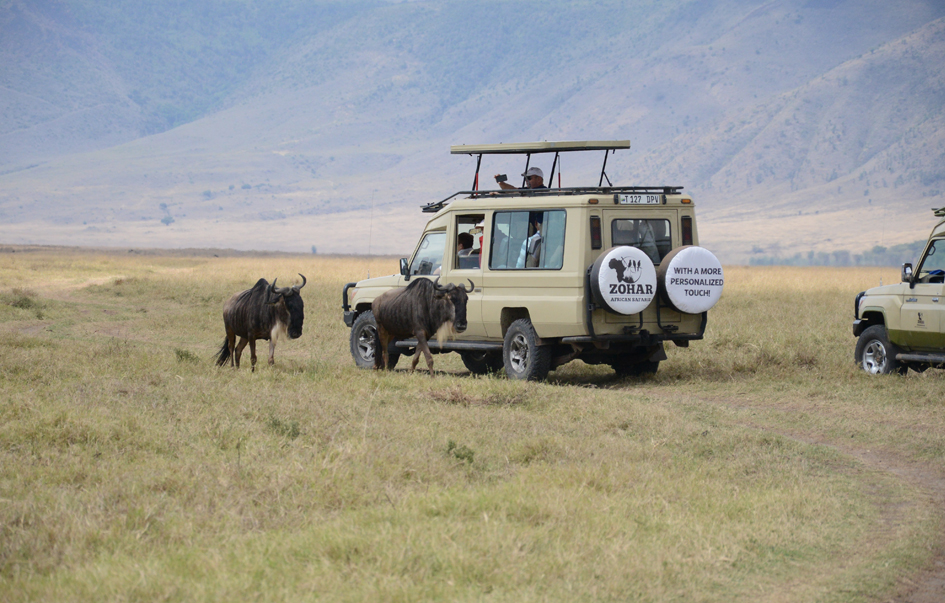Ngorongoro Crater
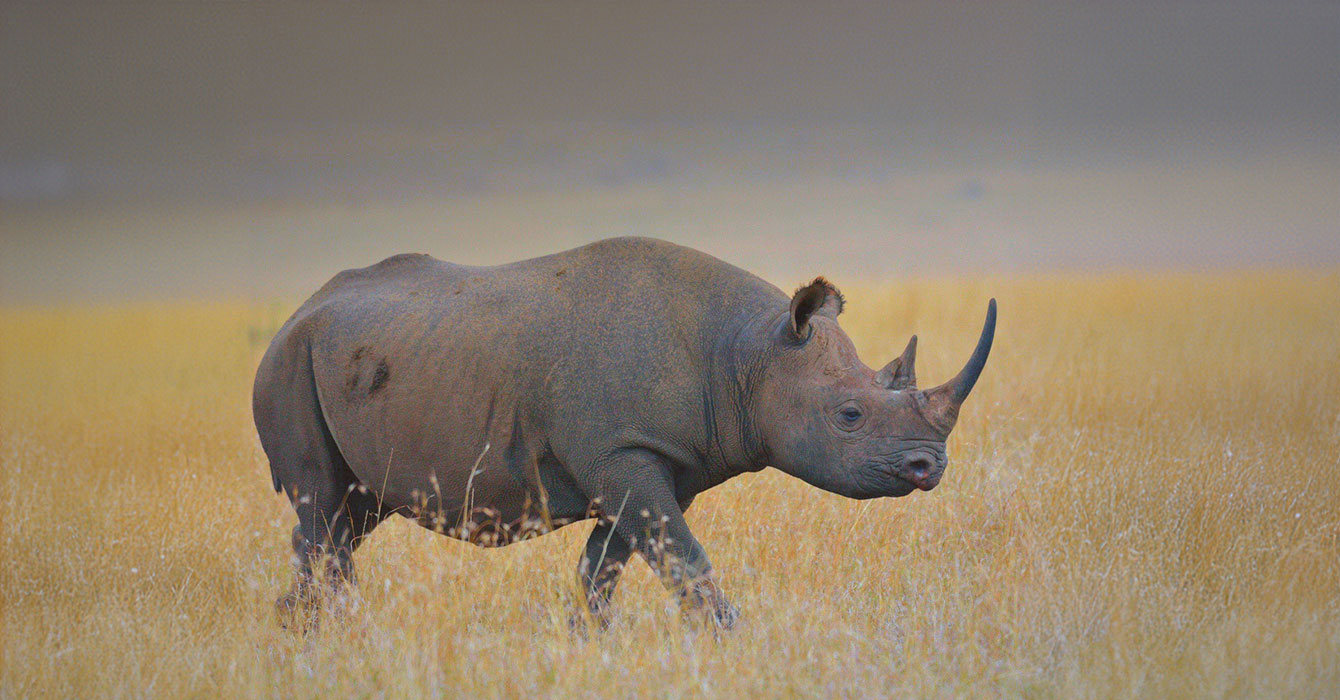
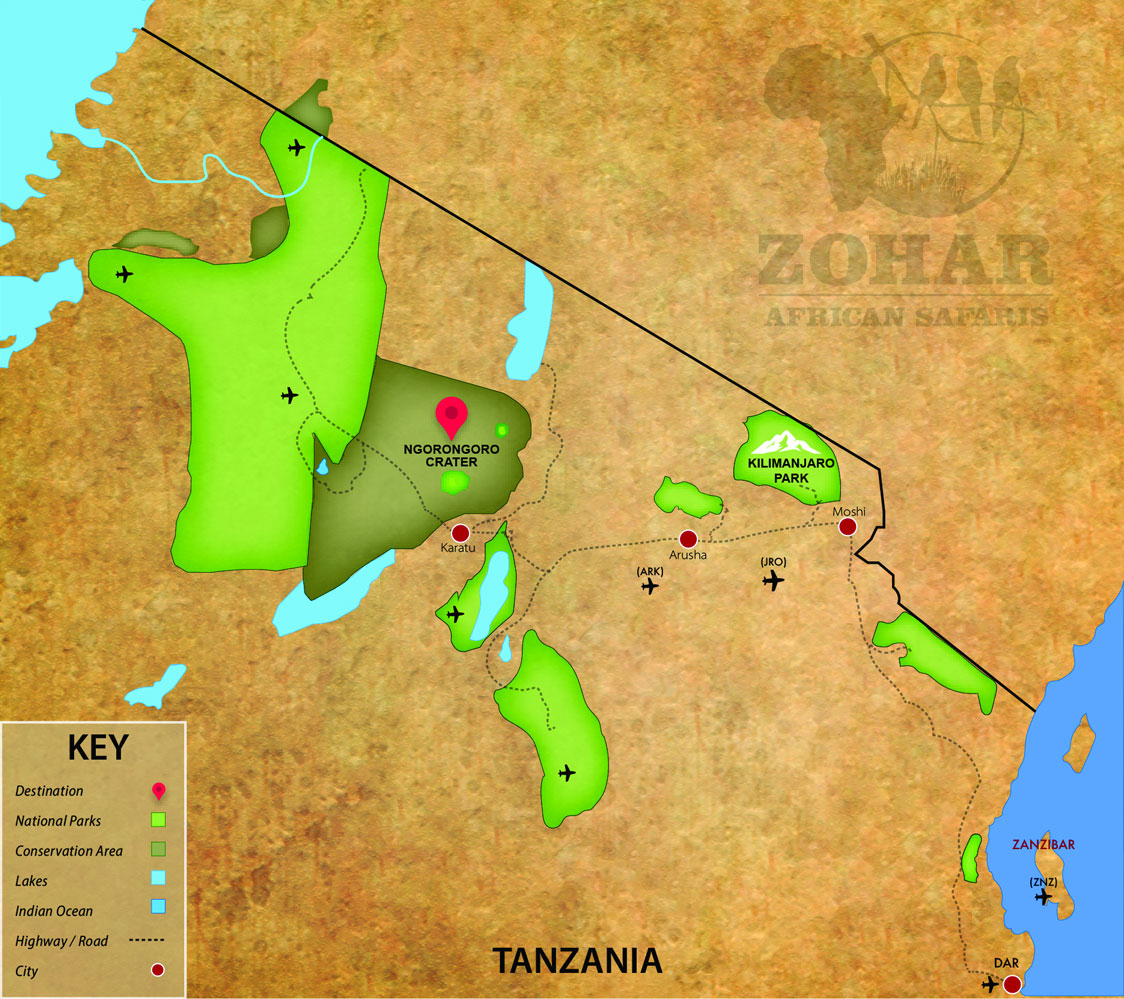
The name “Ngorongoro” originates from the language of the Maasai people, the region’s indigenous inhabitants. Often referred to as the “crown jewel” of the Serengeti, the Ngorongoro Crater offers breathtaking panoramic views from its rim, which towers 2,000 feet (610 meters) above the crater floor.
Spanning 100 square miles (260 square kilometers), this volcanic caldera was formed over three million years ago when a massive eruption caused the land to collapse, creating a stunning geological wonder now home to over 25,000 resident animals, including the iconic big five.
A natural wonder & wildlife sanctuary
Recognized as one of the Seven Natural Wonders of Africa and a UNESCO World Heritage Site, Ngorongoro Crater’s unique ecosystem is shaped by the towering Great Rift Valley escarpment, which acts as a natural barrier, making migration in and out of the crater challenging for wildlife.
As a result, its 100-square-mile caldera floor has evolved into a self-contained paradise, supporting one of the densest concentrations of wildlife in East Africa.
In the grass steppes and acacia forests of the crater, visitors can encounter an astonishing variety of animals, including the Big Five — rhinos, elephants, Cape buffalo, lions, and leopards—alongside zebras, wildebeests, and gazelles. At the heart of the crater lies Lake Magadi, a seasonal alkaline lake that serves as a vital water source for countless species, ensuring the continued survival of Ngorongoro’s rich and diverse wildlife.
Features & Wildlife Species
Ngorongoro crater is one of the best places for photographic safaris, as animals get very close enabling any amateur or professional photographer to get excellent close-up shots of the diverse wildlife.
Within the Ngorongoro crater lays Olduvai Gorge, the archeological site where Louis and Mary Leakey famously discovered traces of Homo habilis, our first known human species, stretching back 3+ million years.
The Ngorongoro highlands are beautiful beyond imagination and offer great opportunities for hiking and nature walks. Maasai people also live in this area hence providing you perfect safari days for wildlife, recreational activities and cultural experiences.
Ngorongoro crater is one of the best places for photographic safaris, as animals get very close enabling any amateur or professional photographer to get excellent close-up shots of the diverse wildlife.
Within the Ngorongoro crater lays Olduvai Gorge, the archeological site where Louis and Mary Leakey famously discovered traces of Homo habilis, our first known human species, stretching back 3+ million years.
The Ngorongoro highlands are beautiful beyond imagination and offer great opportunities for hiking and nature walks. Maasai people also live in this area hence providing you perfect safari days for wildlife, recreational activities and cultural experiences.
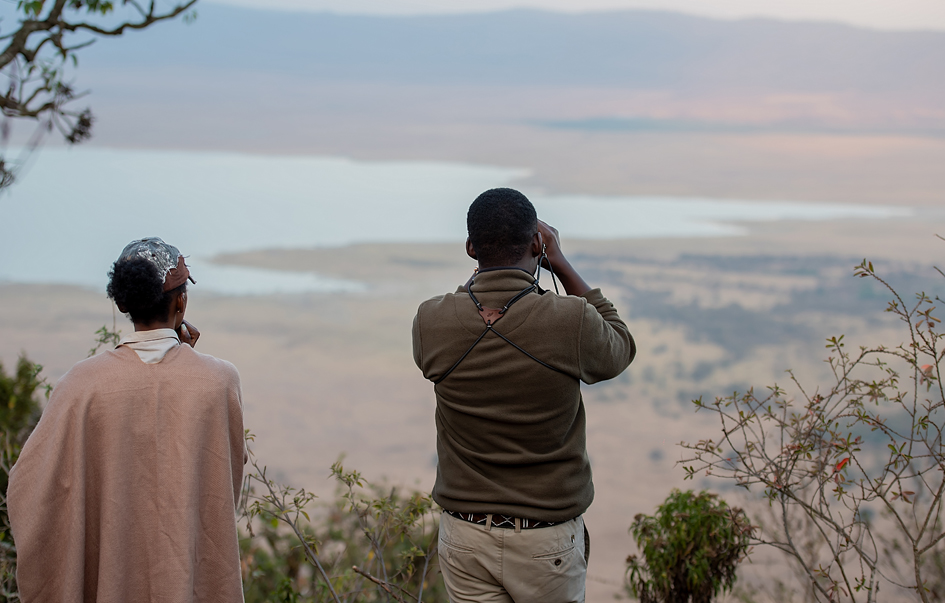
Area Activities
- Wildlife viewing including the “big five”.
- Crater Rim walking safaris.
- Maasai cultural experience.
- A visit to Olduvai Gorge archeological site of Louis and Mary Leakey.
When to visit
Ngorongoro Crater is open for visits year-round. However, the ideal time to go is from November to June when the conditions are optimal. From July to October, it is also a good time to visit, but it may feel crowded at times.
Visitors can enjoy the stunning and expansive landscapes of Ngorongoro Crater irrespective of the time of year they choose to visit. To learn more about it, read best time for a safari in Tanzania.
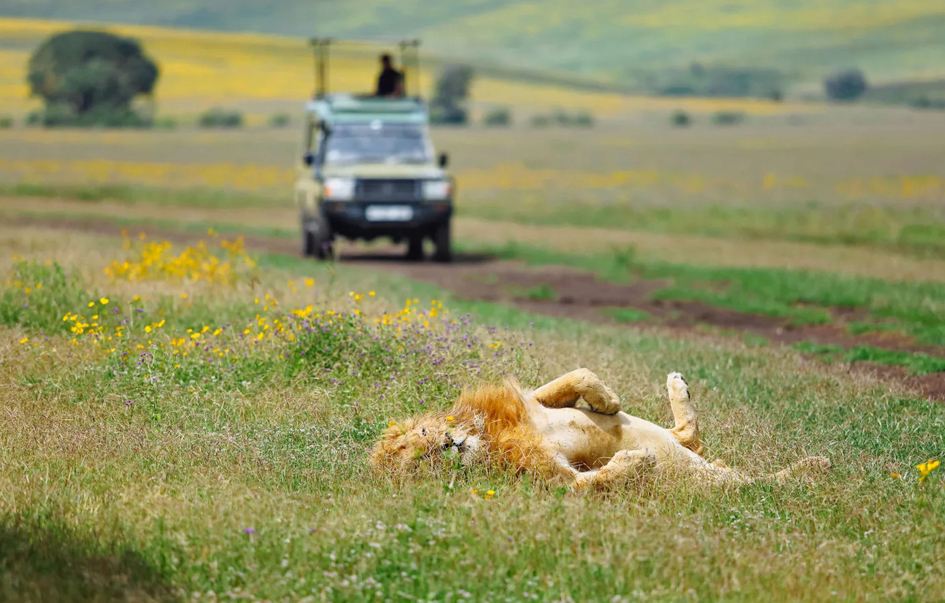
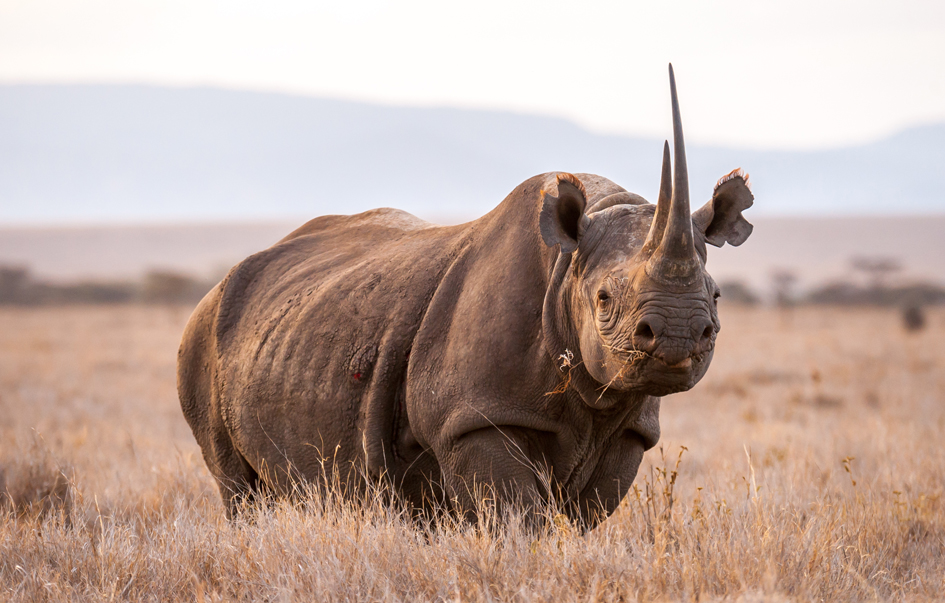
What to see
- The big five (rhino, elephant, African buffalo, lion, leopard) and other stunning wildlife including resident wildebeests and zebras, hippos, gazelle, jackal, hare, dik-dik, mongoose, warthog, hedgehog, cheetah, waterbuck, hartebeest, ostrich amongst others.
- Lake Magadi that supports a great number of hippos and water birds including seasonal flamingos.
HOW TO GET THERE
By road: it takes around a 3.5 to 4-hour drive from Arusha or almost 2h from Lake Manyara National Park and slightly over 1h from the popular safari town, Karatu.
